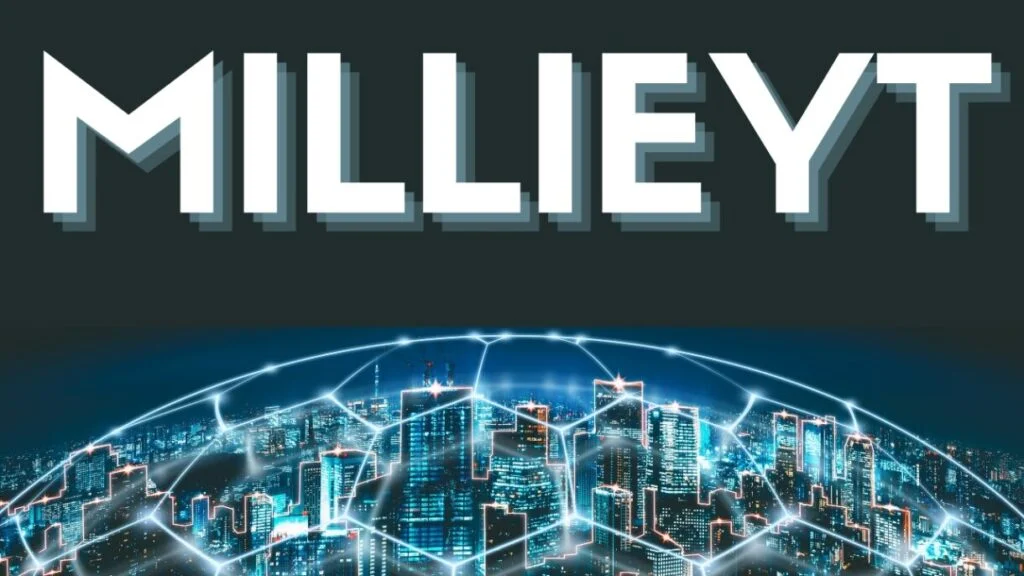Introduction to Mıllıeyt
In today’s world, where cultural identity and national pride are frequently discussed, “Mıllıeyt” is a profound term with many facets. It may not be well known in some areas, but it has enormous implications for others. To apprehend this phenomenon, we need to know its etymology, cultural importance, and how it has shaped people’s individual and collective identities.
The Etymology and Historical Roots of Mıllıeyt
The term “Mıllıeyt” comes from various linguistic traditions and different cultures. It is derived from the word ‘millet’, which historically referred to a community or nation within the context of the Ottoman Empire. In the Ottoman system, “millets” were recognized as distinct religious and ethnic communities, each having some autonomy and self-governance under overall rule by the empire. This way, some kind of cultural-religious diversity was ensured within a unified political structure.
Over time, the idea of Mıllıeyt changed, acquiring more comprehensive meaning exceeding the historical boundaries of the Ottoman Empire. It refers to national identity and cultural heritage, which are connected between nationality and other ones. It denotes a collective identity that binds people together through their shared history, language or traditions.
Cultural Significance and Contemporary Relevance
In today’s society, Mıllıeyt remains a strong concept. Individuals feel they need to belong somewhere; they require something common in this globalized world order. Being part of this group provides emotional help that enhances personal life.
For instance, national holidays, cultural festivals, and cultural shows all express the feelings pertaining to Mılıyeti, strengthening the bond between individuals who share a common identity with them. National days of independence, such as cultural fetes and commemorations of historical events, unite people by inculcating a sense of Mıllıeyt in them. They are not mere celebrations; they are significant ceremonies that reinforce a nation’s collective values, narratives and ideals of who they are.
Mıllıeyt and National Identity
The relationship between Mıllıeyt and national identity is complex and multifaceted. The concept of national identity often rests on Mılıyeti, which is based on shared history, language, and cultural practices that determine the nature of any social group. Yet, Mıllıeyt opens up possibilities for understanding identity in more inclusive terms that embrace multiple levels of belonging.
For example, people can also have regional, ethnic or religious connotations as they identify with their national Mılıyeti. Recognizing our identities at different levels, such as these, could promote tolerance along diverse societal aspects.
However, it is essential to note that Mılletiyet can be employed to marginalize or exclude some groups. In certain cases, a narrow interpretation may relate to xenophobia, leading to nationalism and discord. Thus, we need to comprehend this notion from its positive and negative perspectives.
The Role of Mıllıeyt in Globalization
During this time of globalization, where borders are becoming increasingly porous and cultural exchange is common, the concept of Mıllıeyt confronts new challenges and opportunities. On the one hand, globalization can dissolve national identities, eroding cultural distinctiveness with conformity. On the other hand, it also provides an opportunity for acknowledging and preserving various cultural identities.
Besides, digital platforms such as internet and social media have heavily contributed to this situation through which people from different parts of the world are allowed to link up, share information relating to their cultural norms and celebrate their diverse Mıllıeyt. This points out that there are still so many Milliyet(‘s) that survive till now.
Thus, global movements of people, including migration, travel and education, have created diasporic communities that retain strong ties with their home Milliyet but integrate into new cultures. This has often made these communities bridges between cultures, fostering understanding and mutual respect among themselves.
Challenges and Future Directions
Looking ahead, therefore, it is sure that the notion of Mıllıeyt will continue changing over time. One major challenge will be finding equilibrium between preservation of cultural heritage on one hand and social coherence plus inclusivity requirements on the other. Policy making regarding culture, education, community participation, and others must take into account these concerns if it hopes to be effective.
Education systems play a vital role in shaping individuals’ understanding of their own and other people’s Milliyet. Such a curriculum can facilitate the establishment of a more inclusive society that recognizes uniqueness in national identity while promoting shared values among humanity.
Furthermore, policymakers and leaders within society should work together to ensure that diversity, particularly around Mıllíyet, does not divide people rather than uniting them entirely. Thus, diversity has to be acknowledged and celebrated within the context of shared national identity, and discrimination and exclusions need to be actively fought.
Also Read: Buší: Unveiling Its Rich History and Cultural Significance
Conclusion
To conclude, Mıllíyet is a rich and complex term comprising national identity, cultural heritage, and belonging. Although its roots are rooted in history, its significance in today’s globalized world is still vital. By understanding the positive aspects of Milliyet(‘s) while also remaining wary of their negative consequences, we can promote an inclusive society that upholds peace through mutual respect among people. In navigating the complexities of modern times, though, the concept of Milliyet will continue to be a fundamental guiding principle for individuals and communities seeking to establish their position within the ever-changing environment.











